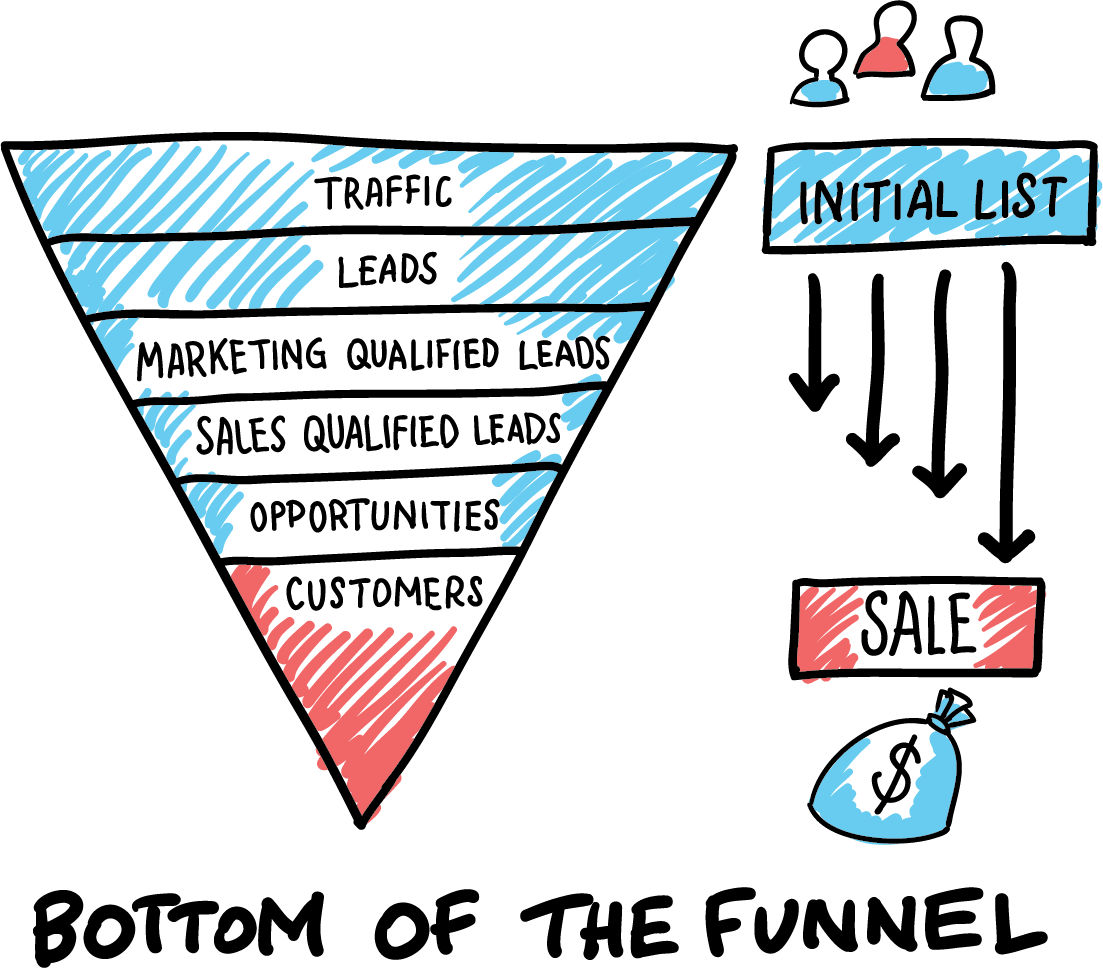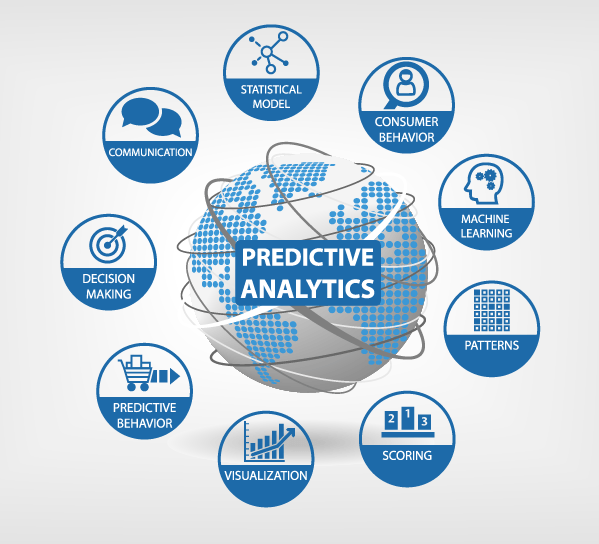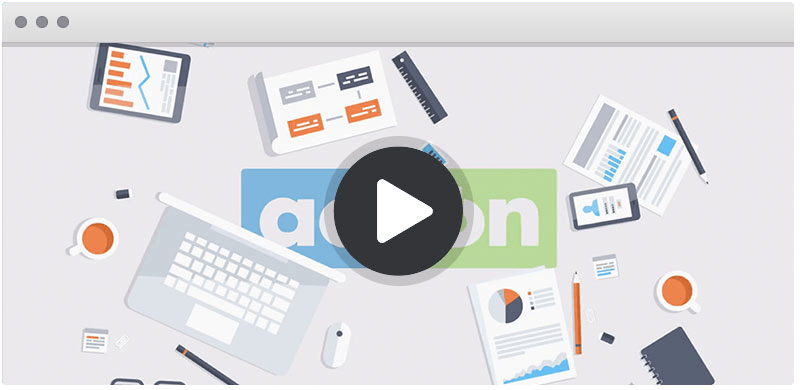Although data-driven marketing may seem like a newer term, the ideas behind it are not. This approach takes aspects of marketing that were hard to measure and gives a solid foundation for making marketing choices. Does that sound complicated? Luckily, it’s not. Data-driven marketing is just a wide strategy that focuses on audience analysis, consumer insights, and predictive intelligence.
A more advanced type of predictive analytics might use tools like Everstring, which compares your ideal customer profile with a database of 11 million B2B companies to help you find and reach your next customer. By identifying companies that are likely to be a good match, you can use strategies like account-based marketing (ABM), which aims to target organizations as a whole instead of focusing on individuals.
Data-driven marketing uses insight from customers and prospects to deliver targeted messages, offers, and content that increases response rates and ultimately accelerates marketing lead generation.
Why do we care? Well, with CEB reporting that B2B buyers are now almost two-thirds of the way through the purchasing decision before even contacting a vendor, marketing professionals must find new ways to get in front of prospects before they’ve made their purchasing decisions. Leveraging data in marketing helps us decide where to focus our marketing spend. Moreover, it allows us to understand our prospects better and speak to them in a direct, personalized way.
As sales and marketing professionals (among many others) are experiencing a recent influx in data or “information overload,” it’s becoming increasingly more difficult to decipher which data we should be focusing on. After all, data is utterly useless to us if we don’t know how to properly analyze it. So, for the purpose of helping marketers sift through the data madness, let’s focus on three high-level ways that marketers can leverage data to drive more leads, increase engagement with prospects, and better nurture existing leads.
One: Offer a Personalized Experience to Attract New Leads
This aspect of data-driven marketing may seem a little overwhelming, so let’s start with a simple example to demonstrate why this might be a great option for your organization. Let’s say that a web-based collaboration software company knows that their target market is split evenly between marketing and sales professionals. The company understands that the two different buyers want to receive different content when they enter the company’s website or receive a marketing email. The sales professional and the marketing professional will inevitably be using the product for two different reasons and should be served content that is relevant to their individual wants and needs.
Act-On’s Website Prospector
So – using data-driven marketing – the web-based collaboration software company will want to understand who is coming to their site using website visitor tracking, and then deliver individuals personalized content to help them understand the value of the product within the lens of their professional role. Tools such as dynamic content can help with landing page and form personalization, and tools such as Get Smart Content can deliver targeted website content using basic anonymous visitor behaviors.
Two: Create Custom Messaging to Nurture Existing Leads
Email marketing campaigns are a great way to reach your target audience. If you’re lucky, your CRM and marketing automation platforms are filled to the brim with leads waiting to hear from you. However, for both deliverability and results, it’s important that you tailor your messaging to the appropriate audience. Tailored messaging dramatically helps you avoid the dreaded delete button and increase your email response rates. Data-driven marketing can help you segment your database by role, job function, seniority level, or engagement to deliver one-to-many messaging that feels like it’s one-to-one. Again, analyzing data about your target market and ideal customer profile can help you to speak in a more direct, personalized way with little or no additional effort. Here again dynamic content can help, make it easy to craft and send targeted email campaigns based on information you know about your prospects.
Three: Use Predictive Analytics to Target Your Next Most Likely Buyer
This is where you’ll want to use data to focus on the future and growth of your lead generation programs. Using predictive analytics is a great way to help your marketing team focus on prospects that are most likely to be receptive to your messaging. Predictive analytics can be as simple as using your marketing automation platform to determine lead scoring, providing insight into which leads have shown interest and are ready to be passed to sales.
A recent study done by GlobalDMA and the Winterberry Group found that data-driven marketing spend increased for 63% of respondents from 2013 to 2014, and that 74% of respondents say that they will continue to grow data-driven marketing spend in 2016. Surprised? Don’t be. After all, McKinsey is reporting that organizations that place data at the center of their marketing decisions see a 15-20% increase on marketing ROI on average.
Once you’ve implemented these three data-driven marketing strategies to increase highly qualified, bottom-of-funnel leads, you should move on to more complex strategies such as data analysis on online social interactions, online search behavior, and consumer surveys.
And before you know it, you’ll be a data-driven marketing machine.
Ready to become a data-driven marketing machine? Take a video tour of Act-On to learn how marketing automation can help you increase your bottom-of-funnel leads and more importantly – increase revenue too!


